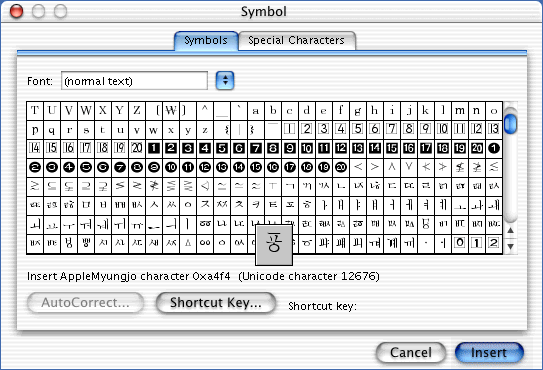

This works nicely, and even though some people might think it’s a kludge, I kind of like the ability to retain the personality of my own handwriting in my technical documents.

This has led me to apply what I like to call “agile shortcuts” - basically, I’ll write down the equation in my own handwriting, take a picture of it, and then use a paint program to crop and clean up my equation before inserting it into my document. And I have to type equations and expressions not often (like every sentence or every other sentence), but definitely regularly. I use Microsoft Word to prepare documents.
Click Close to close the Characters dialog box when you are done inserting special characters.This is how ILLUMINATED I felt when I figured out how to type statistical symbols in MS Word… the temple at Burning Man 2014. Select the character that you want to use, click Insert to place the character in the text editor.  Click Other to display the Character dialog box, which contains the entire character set for each font available on your system. Commonly used symbols are listed on the submenu, along with their control code or Unicode string. To insert symbols, select from the Insert Symbol submenu. To justify the text, select from the MText justification options. Click Other to display the Select Color dialog box. To apply color to selected text, select a color from the Color list. SHX fonts do not support boldface or italics. To format text in a TrueType font with boldface or italics, or to create underlined, overlined, or strikethrough text for any font, click the corresponding button on the Visor. To change the height of the selected text, enter a new value in the Height box. To change the font of the selected text, select a font from the list. On the Text Editor Visor, make format changes as follows:.
Click Other to display the Character dialog box, which contains the entire character set for each font available on your system. Commonly used symbols are listed on the submenu, along with their control code or Unicode string. To insert symbols, select from the Insert Symbol submenu. To justify the text, select from the MText justification options. Click Other to display the Select Color dialog box. To apply color to selected text, select a color from the Color list. SHX fonts do not support boldface or italics. To format text in a TrueType font with boldface or italics, or to create underlined, overlined, or strikethrough text for any font, click the corresponding button on the Visor. To change the height of the selected text, enter a new value in the Height box. To change the font of the selected text, select a font from the list. On the Text Editor Visor, make format changes as follows:. 
To select a word, double-click the word. To select one or more letters, click and drag the pointing device over the characters. Double-click a multiline text object to open the In-Place Text Editor.








 0 kommentar(er)
0 kommentar(er)
